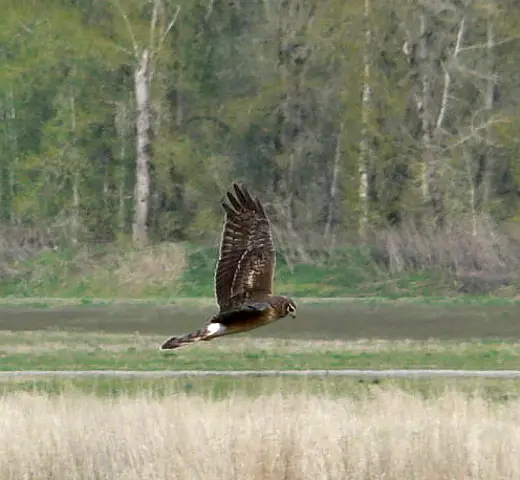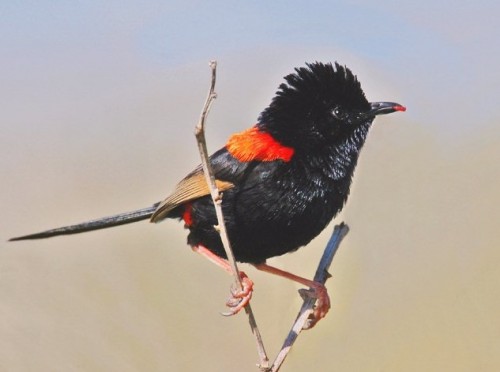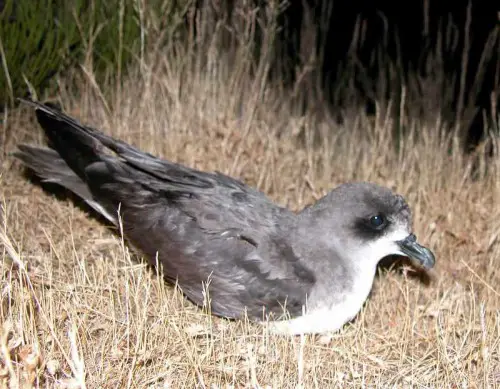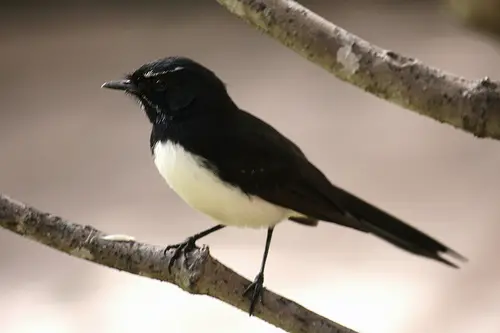Hen Harrier
The Hen Harrier is a hawk of sorts whose body will measure between 45 and 55 centimeters long with a wingspan that may measure as much as 120 Cm in width.
The plumage will vary greatly between males and females, and the females will be larger in most cases than the males, and can weigh as much as one and one half times their weight.

The Hen Harrier
The male is mainly grey above and white below his tummy except for the upper breast which may be grey like his upper areas and the tail which is primarily white.
The female is brown, with white upper tail coverts, and as a consenquence the females and their juveniles are often called Ring tails.
The Hen Harrier is in fact a medium sized raptor which will breed in the moors, bogs and in European farmlands, where they will nest on the ground, an unusual habit for the raptors.
The females produce four to six mottled white eggs, which require about 30 days to hatch.
In the winter time, the Hen harrier lives in the open country, will roots in communities, very often with merlins.
In winter, the Hen Harrier is a bird of open country, and will then roost communally, often with Merlins.
Hen Harriers hunt small mammals and birds, surprising them as they drift low over fields and moor watching for prey and then diving down rapidly to grab their prey in sharp hook like talons.
The Hen Harrier has a very large ranging area, over several continents and are estimated to be at about 1 million individual animals world wide, however there is evidence of a population decline, primarily due to poaching and loss of habitat.
They are not yet a concern to the IUCN Red List, which requires that more than a thirty percent decline must take place in ten years or less to promote the species to a species of concern.
It is consequently evaluated as a species of least concern.
The video below offers a glimpse of these magnificent bird an adult male visiting the birds nest with a gift of a rat.
In the United Kingdom Hen Harriers suffer some level of persecution by gamekeepers of shooting estates, primarily those of the Red Grouse, resulting in some level of localized damage to the birds. This did gain some high profile attention in October of 2007 when the police investigating the killing of two Hen Harriers on Sandringham estate interviewed the Prince Harry and a friend during the investigation.There were not charges filed to anyone and the police could not find proof sufficient to prosecute anyone in connection with the shooting. Scottish Natural Heritage, launched a program recently The Langholm Moor Demonstration Project (LMDP), a 10-year investigation, costing £3 million, to see whether grouse and raptors can live side-by-side harmoniously.


